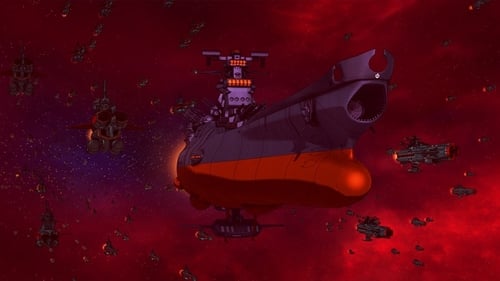
Key Animation
전작 `우주전함 야마토 완결편`에서 폭풍 혹성 `아쿠아리우스`에 가라앉은 전함 야마토를 다시 재건해서, 정체불명의 블랙홀로 부터 지구를 지키기 위해 분투한다는 내용. (후속편이 예정되어 있었으나, 원작자 사망 및 개봉 후 혹평 등 복합적 이유로 후속편은 기대하기 힘든 상황. 본 작품 이후 '우주전함 야마토 2199' 가 실질적인 리부트로 평가되고 있음)
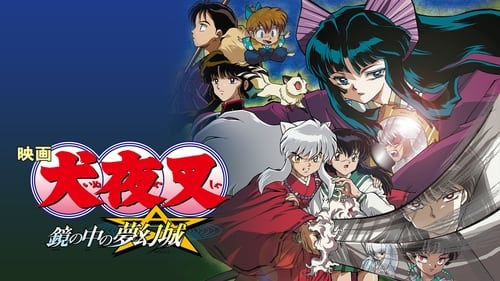
Key Animation
이누야샤와 친구들은 최대의 적을 물리쳤다고 생각하고 일상으로 돌아간다. 그러나 새로운 적의 출현으로 평화는 곧 깨지는데...
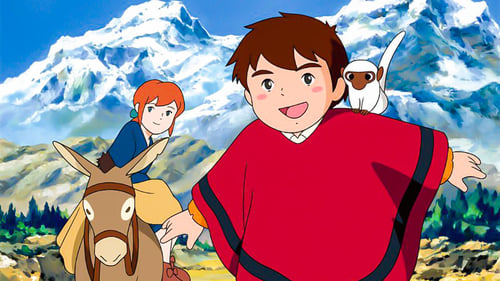
Key Animation
19세기 중엽의 이탈리아 제노바, 12살의 소년 마르코는 가난한 사람들을 위해서 병원을 운영하고 있는 아버지와 온화한 어머니 그리고 형과 함께 살고 있다. 그러나 병원의 재정 상태는 넉넉하지 못하고, 마르코의 가족들은 가난에 시달린다. 마침내 마르코의 엄마는 사랑하는 가족들의 생계를 위해서 머나먼 아르헨티나로 일을 하러 떠나기로 결정한다. 이탈리아에 남은 가족들을 위해 매달 편지를 보내오던 엄마 안나. 그러나 어느날 갑자기 엄마에게서 소식이 뚝 끊어진다. 엄마 걱정에 밤잠을 이루지 못하던 어린 마르코는 마침내 중대 결심을 하기에 이른다. 누구에게도 말하지 않고 엄마를 찾아 홀로 긴 여행을 떠나기로 결심한 것. 여행 경비를 마련하기 위해 마르코는 일을 하기 시작한다. 온갖 어려움과 역경을 헤치고, 엄마를 만나겠다는 일념 하나로 머나먼 아르헨티나로 여행을 떠난 마르코. 그러나 길고 험난한 여행을 이겨낸 마르코를 기다리고 있는 소식은. .. .
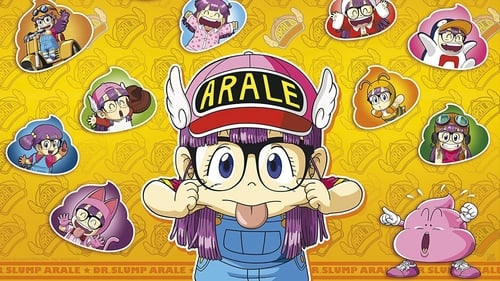
Key Animation
At the Penguin Village, the dinosaurs styled monster named Dodongadon appeared. But he was small as Arale and did not have strong power. Arale defeat him very easily, and Dodongadon called his mother Mamangadon. She was huge and had a big power. How Arale can defeat this big monster?
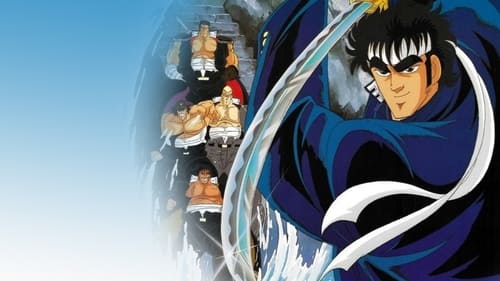
Key Animation
Otokojuku, a private school for juvenile delinquents that were previously expelled from normal schools. At this school, Japanese chivalry is taught through the feudal and military fundamentals. Similar to an action film, the classes are overwhelmed by violence. Only those who survive it become true men. (Animenfo)
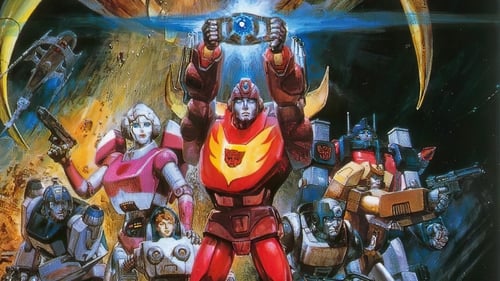
Key Animation
일본에서 제작한 변신로봇장난감인 나이아크론은 미국에서도 크게 히트하게 되고, 변신로봇을 소재로 TV판 애니메이션이 제작되었다. 이후 극장판 영화로 제작하게 되고, 연출은 TV판 제작을 맡은 넬슨 신이 맡았다.
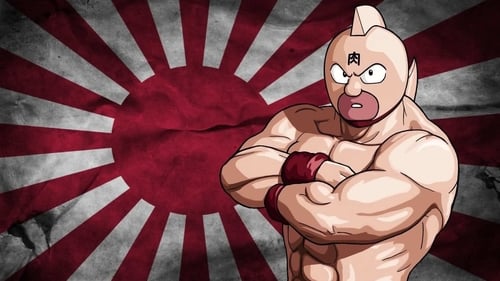
Animation Director
Terryman, Robin Mask, and the other Justice Choujins are participating in a tournament in New York. Suddenly, Akuma Shogun (not the same as the guy from the series) arrives and defeats all of the Justice Choujins and absorbs their power... all except Kinnikuman (who was late for the tournament because he was busy eating gyuudon). Now Kinnikuman must defeat Akuma Shogun, whom now posseses the combined strength of all the Justice Choujins.

Key Animation
인기 만화(일본식 만화)를 원작으로 한 이 만화는 1941년 아버지와 함께 아프리카로 간 11세 소년을 중심으로 전개된다. 그는 일본인이기 때문에 아버지는 영국에 의해 구금되어 있다. 소년은 아름다운 원주민 소녀와 합류하고, 모험은 시작되는데, 일종의 어린 인디 존스가 타잔을 만난다. 롭 리처드슨 지음

Animation
2203년, 물의 혹성 아쿠아리어스가 지구로 접근하고 있고 은하계 중심부에서는 이상 현상이 감지된다. 급습하는 수수께끼의 함대에 맞선 지금, 우주전함 야마토의 마지막 싸움이 시작된다!
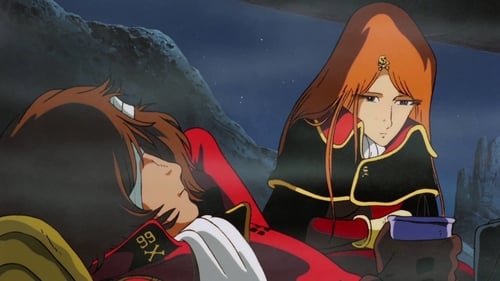
Key Animation
하록이 어떻게 아르카디아 호를 타고 우주해적으로서의 삶을 살게 되었는지 설명하는 일종의 프리퀄 스토리의 극장판. 감독은 카츠마타 토모하루. 작화감독은 코마츠바라 카즈오. 은하철도 999 극장판이 히트하자 하록 시리즈를 리부트하기 위해 제작된 작품으로 아르카디아 호의 디자인을 은하철도 999 버전으로 맞추고, 스토리도 젊은 하록을 내보내 처음부터 시작했다. 이 때문에 1978년작 우주해적 캡틴 하록과 스토리가 이어지지 않는다. 원래는 이어주려고 했으나 후속작 무한궤도 SSX가 애매하게 완결되면서 결국 완전히 별개가 되었다. 우주로 지배권을 확장하려던 지구인들은 역시 우주를 제패하던 외계인, 일루미다스와 전쟁을 벌여 패한다. 지구군 우주함대 소속 함장이던 하록은 패장이 되어 정복당한 지구로 돌아온다. 영화가 끝나기 전까지는 내내 무력감과 절망이 감도는 어두운 내용으로 이루어져 있으나 하록이 이를 극복하는 내용으로 되어있다.
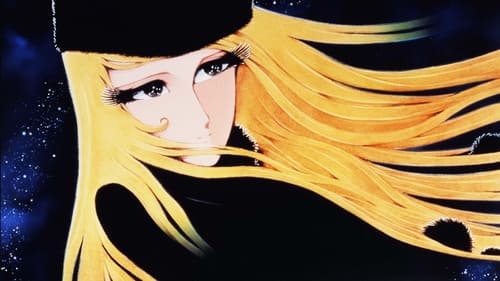
Key Animation
데츠로가 기계화 모성을 파괴했지만 기계인들은 사라지지 않았고, 오히려 전 은하계를 장악하려는 그들과 데츠로는 지구에서 전쟁을 벌이게 된다. 상황이 점점 악화될 무렵 데츠로는 메텔의 편지를 받고 은하철도999를 탄다. 그는 999가 첫번째로 기착한 메텔의 고향별 라메탈성에서 메텔이 프로메슘의 뒤를 이어 기계화 모성의 새 여왕이 되었음을 알게 되고, 자신의 아버지 파우스트와도 만나게 된다. 데츠로는 대 안드로메다 행성에서 인간의 생체에..
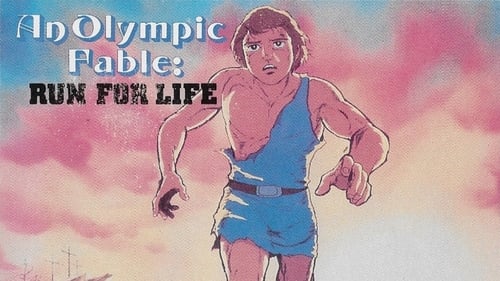
Conceptual Design
Hashire Melos! is the title of two Japanese animated films. The first was directed by Tomoharu Katsumata and released on Japanese television on February 7, 1981. It was either 68 or 87 minutes long, and its official title did not include the exclamation mark on the end. The second, with the exclamation mark, was a 107-minute remake of the first and was released on July 25, 1992. It featured direction and screenplay by Masaaki Osumi, music by Kazumasa Oda, art by Hiroyuki Okiura and Satoshi Kon, and background art by Hiroshi Ohno. Both were produced by Toei Company Ltd. Visual 80, and both were based on the original short story written by Osamu Dazai in 1940.

Animation
Hashire Melos! is the title of two Japanese animated films. The first was directed by Tomoharu Katsumata and released on Japanese television on February 7, 1981. It was either 68 or 87 minutes long, and its official title did not include the exclamation mark on the end. The second, with the exclamation mark, was a 107-minute remake of the first and was released on July 25, 1992. It featured direction and screenplay by Masaaki Osumi, music by Kazumasa Oda, art by Hiroyuki Okiura and Satoshi Kon, and background art by Hiroshi Ohno. Both were produced by Toei Company Ltd. Visual 80, and both were based on the original short story written by Osamu Dazai in 1940.











